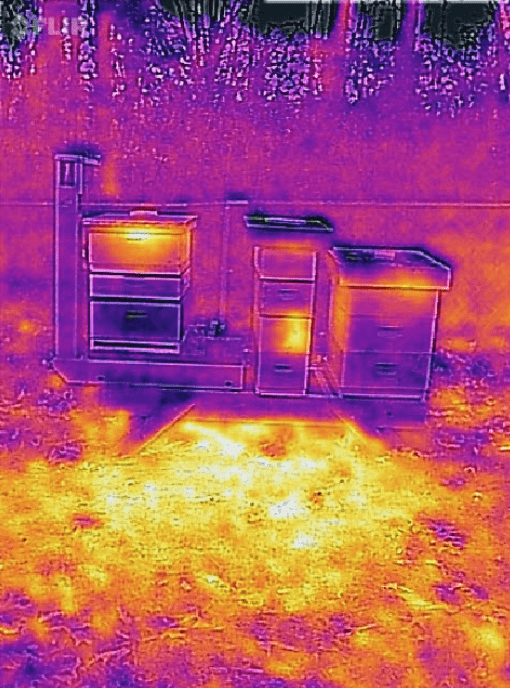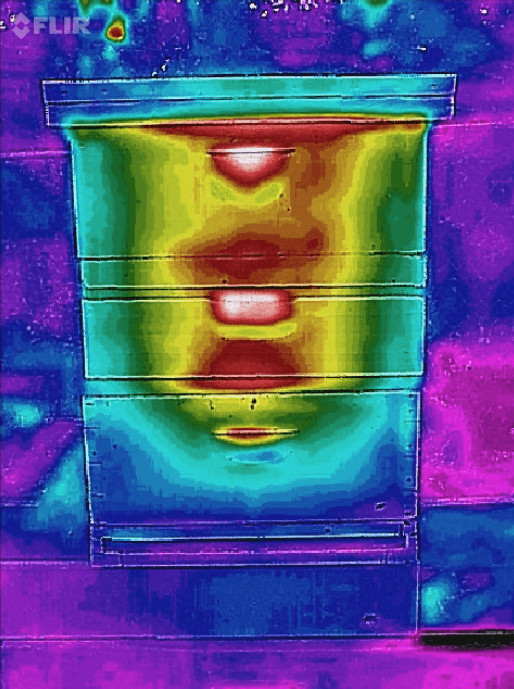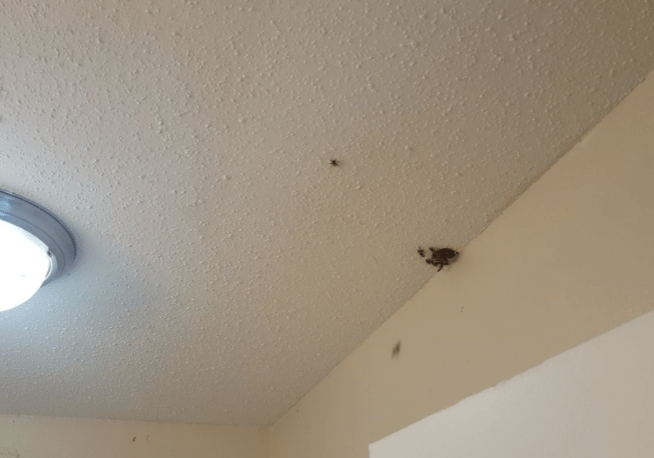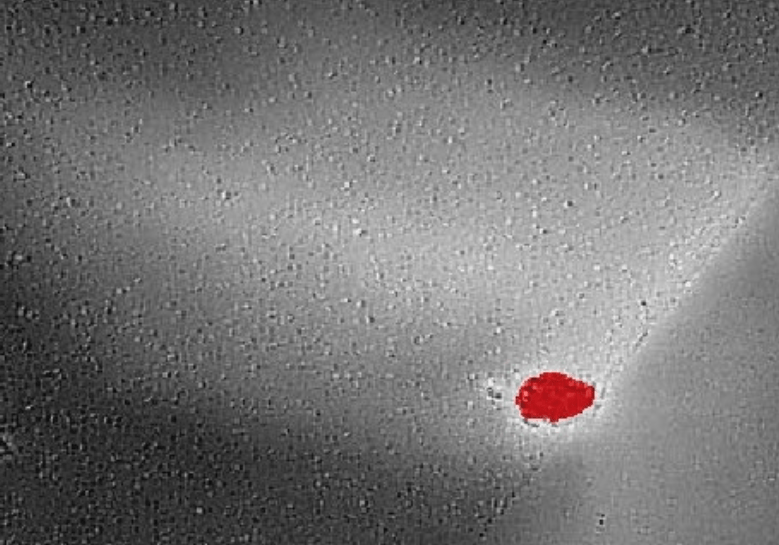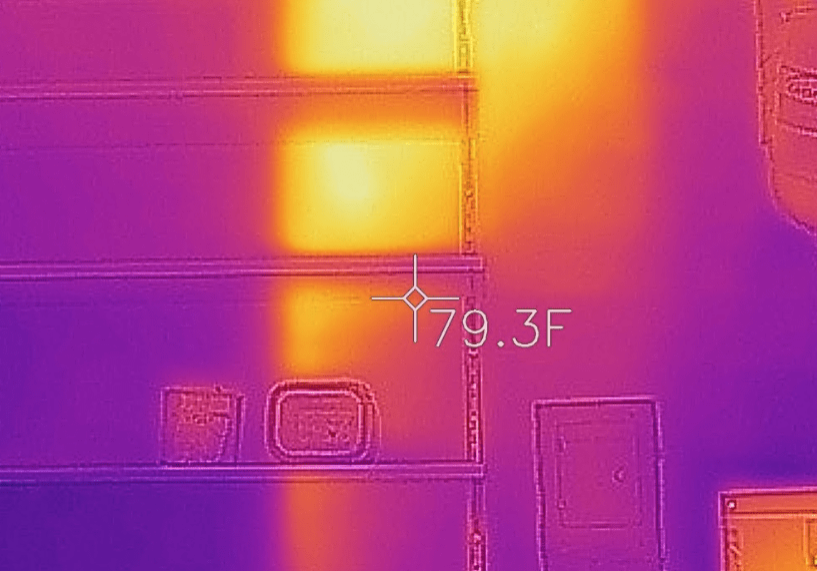Thermal Cameras Beehives And Bee Removals
A thermal camera or infared camera made by FLIR or SEEK is indispensable when it comes to locating bees inside a wall or estimating a bee hives strength with minimal interference.
They do an excellent job detecting the changes in surface temperature so that what is behind the surface is revealed. And this is exactly what you need as a beekeeper to locate a feral colony inside a building or simply just check the strength and location of your winter clusters in your normal hives.
FLIR= Forward Looking Infrared
If you remove bees from buildings or are interested in starting to, a thermal camera is worth the purchase. It can save a lot of time, increase your confidence, help keep cost low and increase the homeowners confidence in you.
Using an infrared camera will quickly identify where an established hive is, and most importantly, where it isn’t. Often, wild hives are built right up to the stud or rafter in a home and knowing where the hive stops can help you make cuts into the drywall or flooring in the right spot.
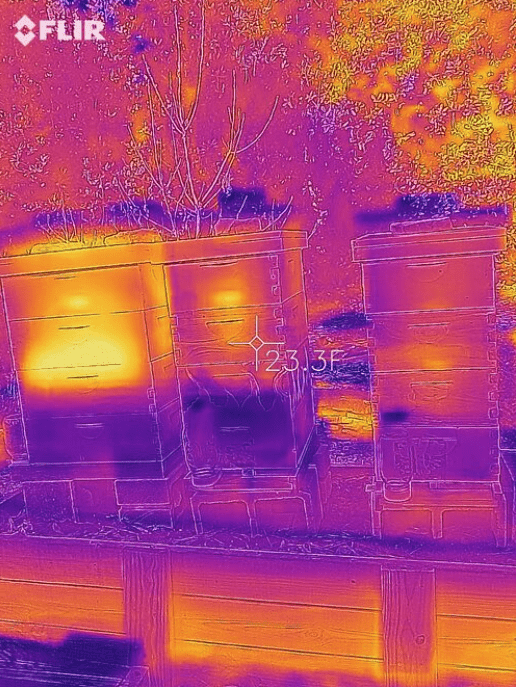
Thermal Camera Hardware For Iphone And Android
The hardware required is just a phone (which you probably have) and a thermal camera that attaches to the port on the phone. It doesn’t actually use the phones camera to work, it just uses the screen to see what the thermal camera is seeing.
If you have an Android phone with a USB-C charging port on the bottom, this is the camera you need. To check to see if your phone is compatible, click here.
If you have an iPhone , this is the camera you need. To check to see if your phone is compatible, click here.

